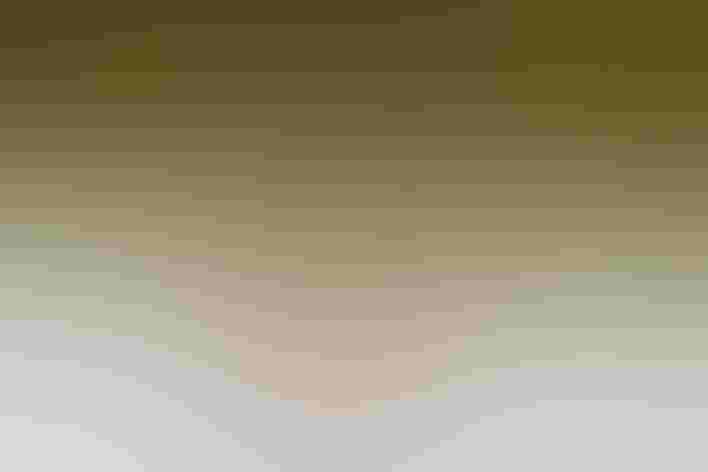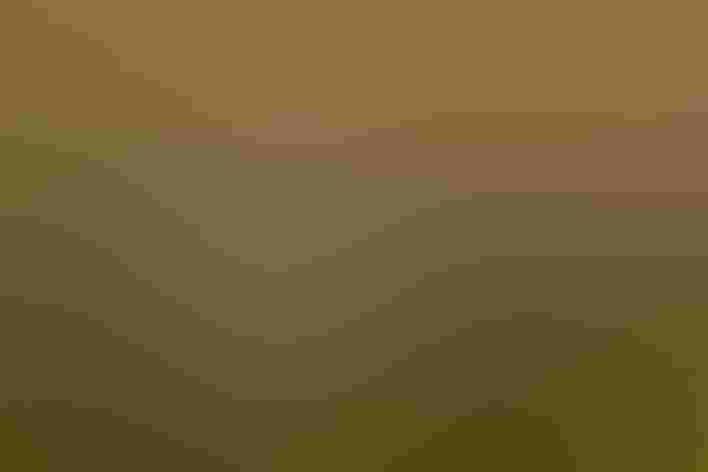Steller’s Eider
At a Glance
The smallest of the eiders. More agile than the others in flight, and less clumsy on land; floats buoyantly on the water, often with its tail cocked up. Its distribution in the Arctic and Subarctic is centered on the Bering Sea. Sociable at most times of year. Flies in tightly packed flocks, and often feeds in compact groups as well. When foraging on the sea, all the birds in a flock may dive at the same time. Lone Steller's will sometimes associate with flocks of Harlequin Ducks or other divers.
All bird guide text and rangemaps adapted from by Kenn Kaufman漏 1996, used by permission of Houghton Mifflin Harcourt Publishing Company. All rights reserved.
Category
Diving Ducks, Duck-like Birds
IUCN Status
Vulnerable
Habitat
Coasts and Shorelines, Lakes, Ponds, and Rivers, Open Ocean, Saltwater Wetlands, Tundra and Boreal Habitats
Region
Alaska and The North
Behavior
Direct Flight, Swimming
Population
200.000
Range & Identification
Migration & Range Maps
Most of world's population (from Alaska and Siberia) winters in southern Bering Sea, although some go west to winter off northern Scandinavia. Migrates in flocks.
Description
17-18 1/2" (43-47 cm). The smallest eider. Adult male shows unique pattern, with peachy chest, black neck ring and eye spot, green and black knob on crest. Female confusing, plain dark brown, suggests a female scoter or dabbling duck; notice square head, white borders on blue wing patch.
Size
About the size of a Crow, About the size of a Mallard or Herring Gull
Color
Black, Brown, Green, White, Yellow
Wing Shape
Pointed, Tapered
Tail Shape
Pointed, Short, Wedge-shaped
Songs and Calls
Male has a weak moan similar to Common Eider's; female makes low growling notes.
Call Pattern
Flat, Rising, Simple
Call Type
Croak/Quack, Raucous, Scream
Habitat
Coasts, ocean. In breeding season on low-lying tundra with many lakes and ponds, often some distance inland. At other seasons on ocean, in areas with clear water, as along rocky shores or around edges of pack ice.
Sign up for 爆料公社's newsletter to learn more about birds like the Steller's Eider
Behavior
Eggs
7-8, sometimes 5-10. Olive buff. Incubation by female only, incubation period unknown.
Young
Leave nest shortly after hatching and go to water. Female tends young, but young find all their own food. 2 or more broods of young sometimes join under care of 1 or more females. Age at first flight not known.
Feeding Behavior
During most of year forages at sea by diving and swimming underwater. In summer, may forage in shallow water by wading or swimming, with head submerged or dabbling at surface.
Diet
varies with season and habitat. Diet at sea is mostly mollusks and crustaceans, but also echinoderms, polychaete worms, small fish. On tundra in summer, eats many aquatic insects, also some plant material such as pondweeds and crowberries.
Nesting
Pairs formed in winter flocks. In courtship, several males may surround one female. Males' displays include rearing up out of water, turning head rapidly from side to side, tossing head back with rapid motion; may lead to courtship flight, with several males in pursuit of female. Nest site is on ground near water, on open tundra or surrounded by low scrub. Nest, built by female, is shallow depression lined with bits of plant material and large amounts of down.
Conservation
Conservation Status
The Alaskan population has dropped sharply in recent decades, but the causes for this decline are not well understood. Numbers are also declining in at least some areas of Arctic Russia and Scandinavia. Like other Arctic breeders, may be especially vulnerable to the effects of climate change.
Climate Threats Facing the Steller's Eider
Choose a temperature scenario below to see which threats will affect this species as warming increases. The same climate change-driven threats that put birds at risk will affect other wildlife and people, too.







